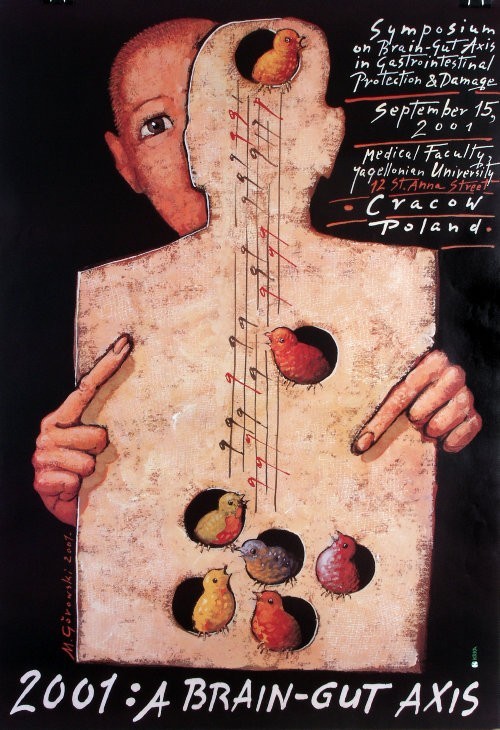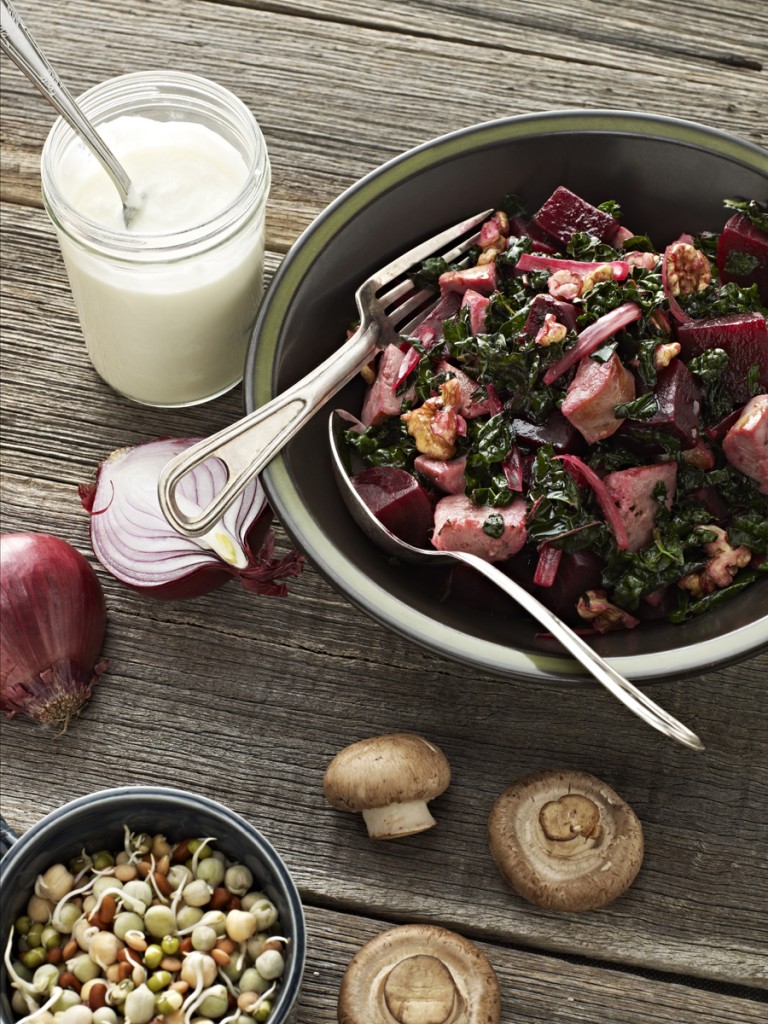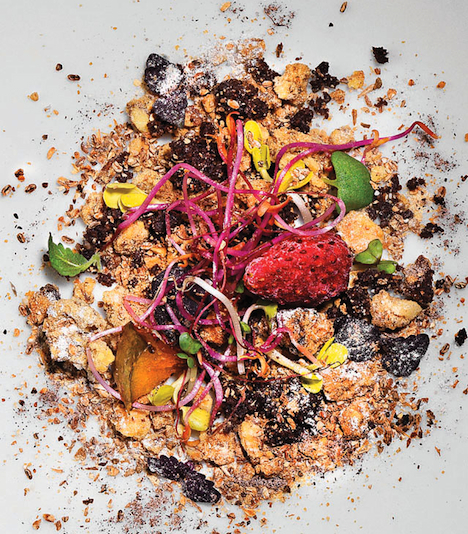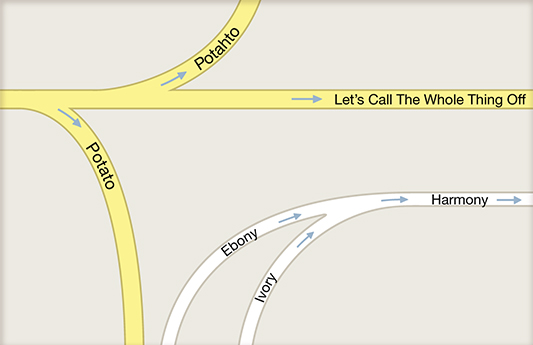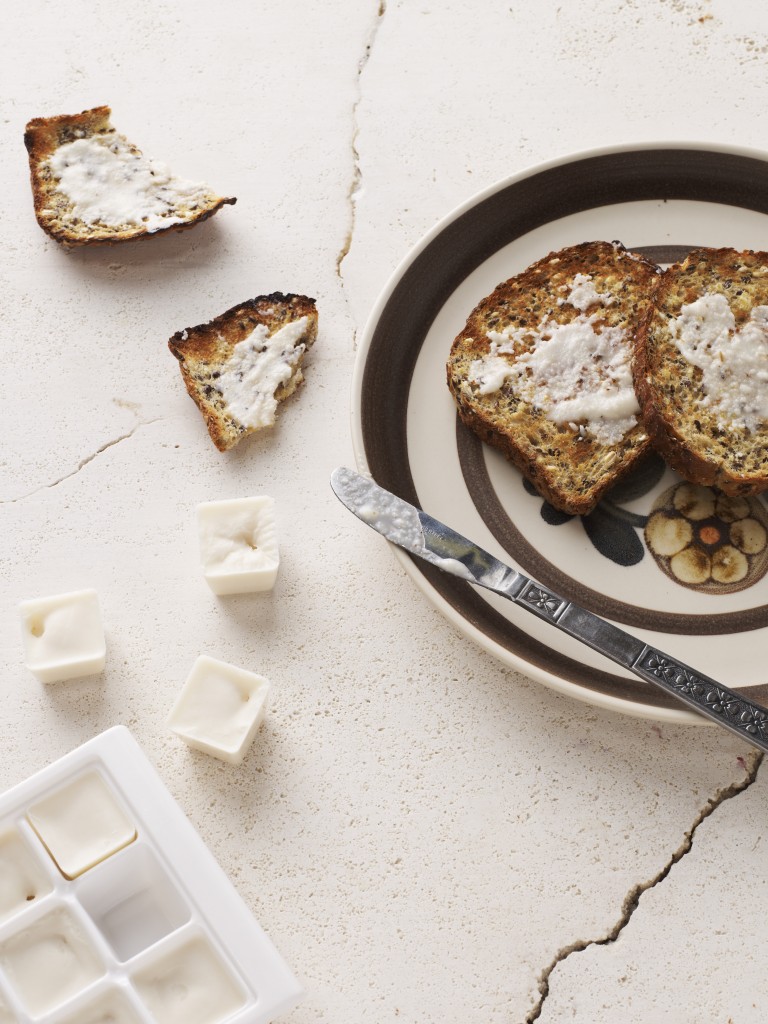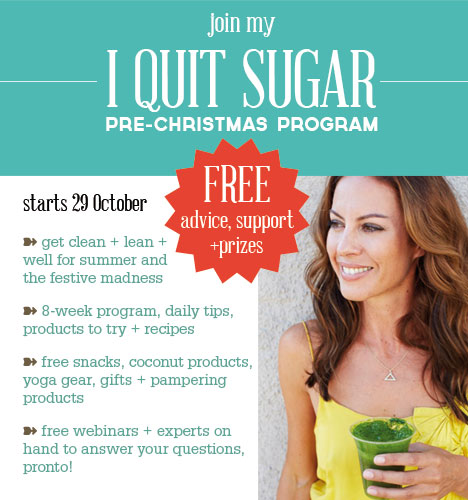Avocados. They’re one of the best foods to stock up on while quitting sugar. And since so many of you are doing the Quit Sugar Dance just now, I thought I’d do a little post dedicated to these balls of goodness (and give you some recipe ideas). PS. It’s not too late to join the pre-Christmas IQS program. It’s free. And fun. And there are more than $4000 worth of giveaways circling about. Details here.
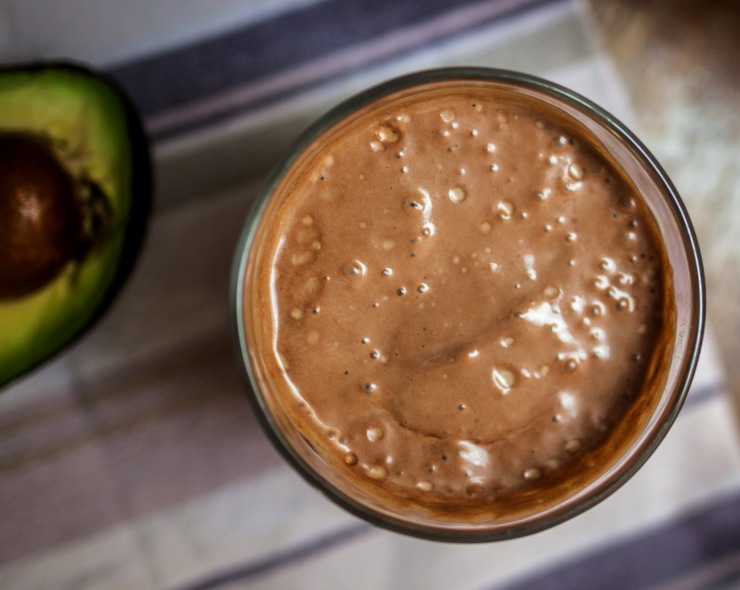
But back to avocados. There are over 70 varieties of avocado in Australia and you’ll pretty much always find one in season. These little gems are high in water (about 75 per cent), nutrient dense, and rich in fibre and monosaturated fats. They’re one of the richest sources of beta-sitosterol, clinically proven to reduce levels of ‘bad’ cholesterol. They also have a strong antioxidant capacity, to help prevent the healthy fats going rancid too quickly. But enough of the ode…check out these ideas for eating them:
1. Add cubes to your scrambled eggs.
2. Spread over Vegemite on toast…with some chili flakes on top (a taste sensation I discovered at Cafe Gitane in New York).
3. Chop into cubes and eat with Tamari drizzled over the top.
4. Mix with leftover roast chook and some grated cheese and pop under the grill (on toast or flat bread).

